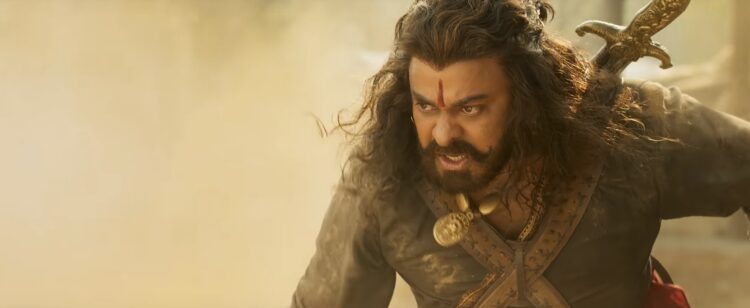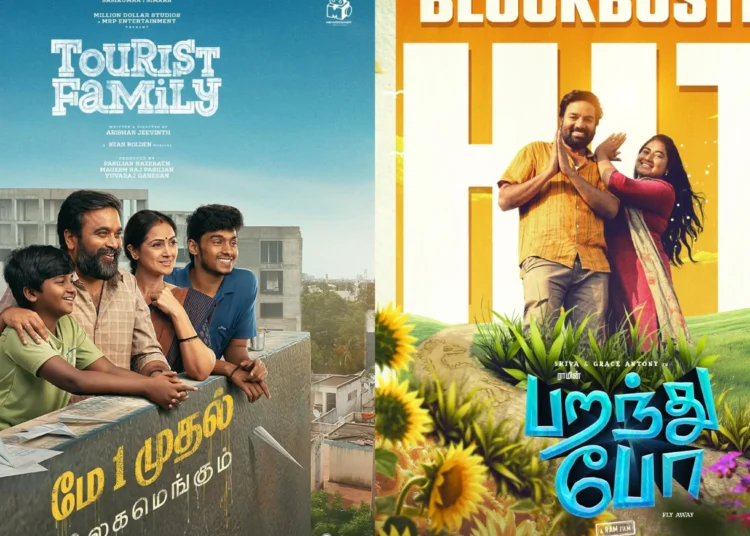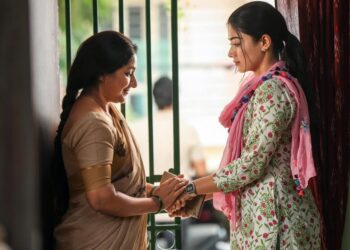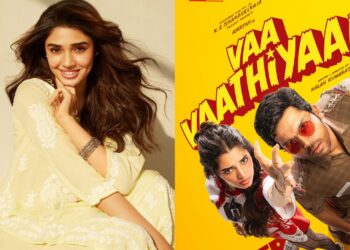It’s the 1800s. The Brits have long occupied, colonized and enslaved India. They’re arseholes who believe the world belongs at their feet because they’re of lighter skin. Their inflated, merciless taxes have left many communities starving, impoverished and suffering. The sons of bi*ches threaten to pass a new law that would allow the red coats to rape the newlywed Indian brides.
And then the birth of a chosen one.
A baby who arose from the dead like a deity from a Hindu epic. A child who grew up to be a highly intelligent man, an excellent strategist on the battlefield and possess the strength, agility and vigour of an Indian Mass hero. A leader and warrior who united clans all over India and started a glorious rebellion against the dastardly Brits. Just like Mel Gibson did with Braveheart, Surender Reddy has blended history and fantasy to give us a film — Sye Raa Narasimha Reddy — of epic scope and sweep. It’s a shame that the screenplay isn’t nearly as epic.

This is a Chiranjeevi show all the way. And that doesn’t necessarily have to be an issue, especially since the Telugu Megastar is very charismatic. The problem is that almost none of the screentime he has is dedicated to smaller moments that gradually build, nor character moments that help us connect with him as a human being. Looking back at Baahubali, the first act is littered with these moments. We see Shividu (Prabhas) bickering with his adopted mother. We see him interact with the people of his tiny community. We see him obsessed with scaling up a waterfall, we see his mother trying to extinguish that desire of his. It’s only at the 15th-minute mark do we get the spine-chilling scene where he lifts up the Siva Lingam over his shoulders. But even this moment isn’t heroic — there’s an air of mystery around it.
In Sye Raa Narasimha Reddy, the entire first act consists of some sort of hero-worship moment. He’s seen holding his breath underwater in an admittedly cool shot, and Lakshmi (Tamannah), while first shocked, later starts follows him around adoringly. Then we get a scene where a bunch of Indian clan leaders are trying to sabotage a festival that Narasimha had organized by unleashing some bulls. You would hope that this scene would lead to something more profound and political, but this too is just a platform for hero worship. The slow-mo shot of Tamannah just standing there like the bimbo she played in Sura while Narasimha swoops in and saves her and then rides a horse and does some typical mass-y stuff to prevent all the bulls from falling off a cliff. More lovey-dovey looks from Tamannah.
And that’s what we get throughout the film. We get scenes of people in trouble — a burning house, an elderly villager who’s forced to run by the Brits, etc — and it’s immediately followed by Narasimha appearing at the very last second and saving the day. I’ll admit that if you’re an ardent Chiranjeevi fan who bought a ticket for the sole purpose of screaming and jumping and whistling your lungs dry, this film is more than a bang for your buck. But for the rest of us who went in hoping for an absorbing narrative and interesting characters, the film can get tiring really quickly.
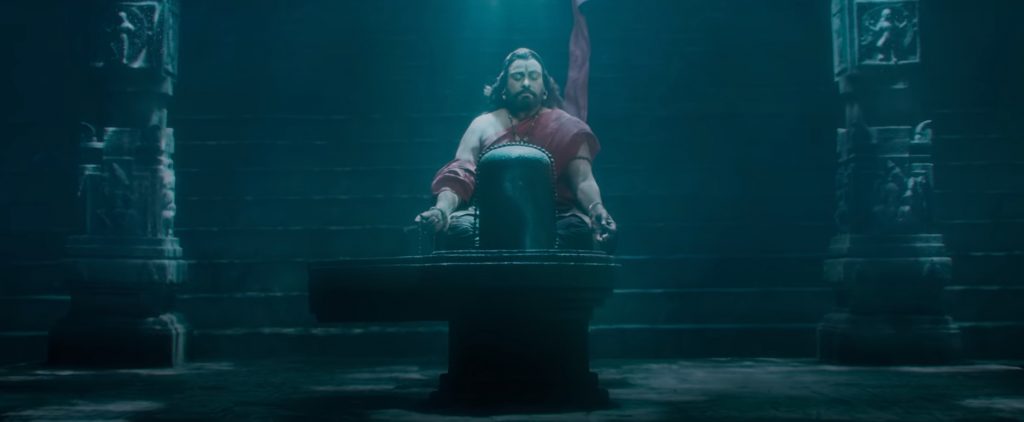
The film has a stellar cast — Nayanthara, Vijay Sethupathi, Amitabh Bachchan, Jagapathi Babu, Sudeep — but all of them are given less than supporting roles to play. Amitabh is a bearded man who says words that only sound wise and philosophical because of Bachchan’s deep and magnetic voice. Nayanthara’s character can be summed up in two words: “beautiful” and “child-bearer.” I think the script that was given to Vijay Sethupathi read, “wear a white cloth, carry a sword and be Vijay Sethupathi.” The only standout supporting character is Sudeep’s. He plays the slightly morally ambiguous Jack Sparrow-esque character far better than Aamir Khan in Thugs of Hindostan.
The lack of exploration of these characters become blatantly obvious when sometimes the film treats the death and betrayal of certain characters as something paramount. At one point, Narasimha catches someone betraying him and threatens to execute the traitor. The film wants us to react as if it’s ‘The Red Wedding’ from Game of Thrones but all we can do is scratch our heads and go, “Wait… who is this guy? He’s whose son?”
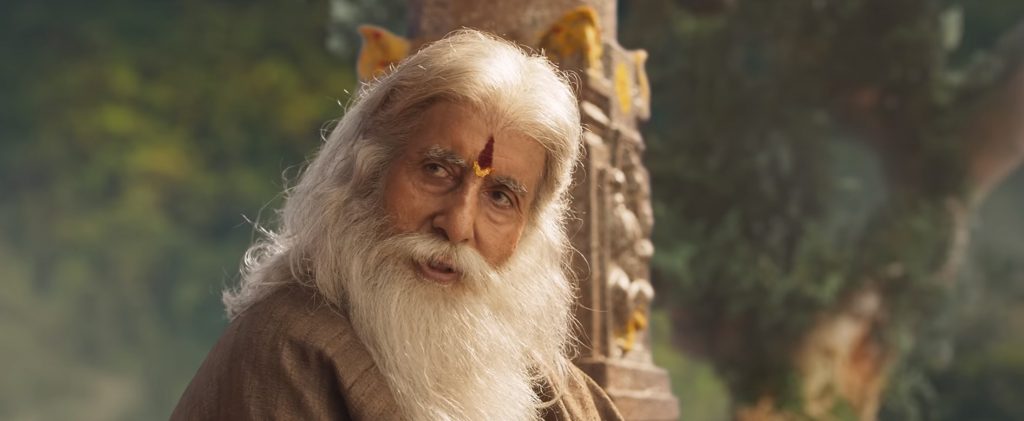
Sye Raa also has no sense of time or geography. Somewhere at the start of the film, we get this huge exposition dump telling us about the various places and their various clan leaders. But we don’t feel the vastness of India. We don’t feel how long it takes for a character to travel from one place to another (refer to part about Narasimha just popping up here, there and everywhere). Oh, and while the British characters do despicable acts, the actors who play them seem to be performing like their caricatures in a Disney channel movie.
The film isn’t terrible by any stretch of the imagination. R. Rathnavelu’s cinematography is stunning. The action sequences are wonderfully choreographed, shot and rendered, although at times stylistically inconsistent (some seem to come out of the books of Baahubali, some mirror Zack Snyder’s hyper-stylised slow-mo-speed ramping). There are scenes that gave me goosebumps, like the one where a little kid has a fist full of rice and refuses to let it go despite threats and beatings from the Brits, but the film rarely lingers on these moments and allow us to feel the emotional weight of these circumstances. We just quickly move on to the next scene and the scene and the next scene, so much so that by the end of it, everything becomes a blur in your memory. ‘O Sye Raa’ is a fantastic, hair-raising song and Tamannaah performs her heart and soul out to such a degree that she almost stole the entire film. But when the song ended, I turned to my plus one and whispered, “Imagine the tears that would’ve been flowing down our cheeks right now if all the scenes that preceded it were nearly as magnificent.”

Follow us on Instagram, Facebook or Telegram for more updates and breaking news.


